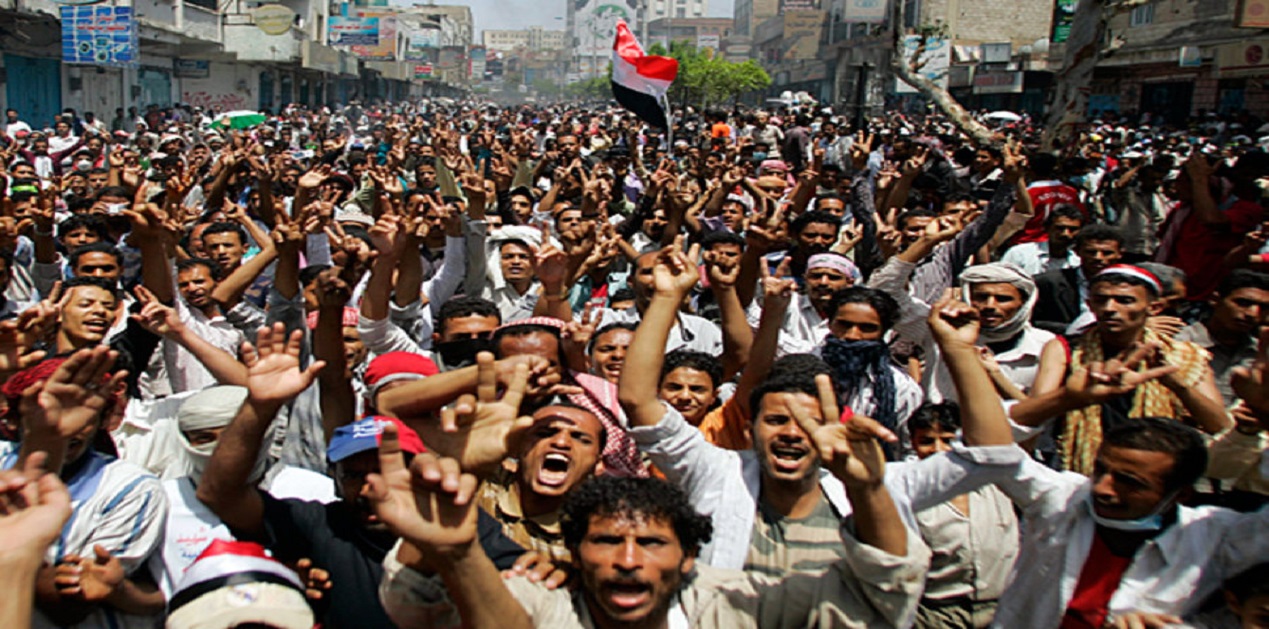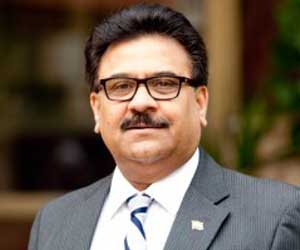The cinders of the Arab Spring of 2010-11 have been reignited after smouldering for a while given the mixed outcomes and unfulfilled promises and expectations. The countries starting with Tunisia, that underwent the revolutions, witnessed minor changes in Egypt and Gulf states and chaos in Libya and Syria. Likewise, while the Tunisian uproar was sui generis, elsewhere it was a mix of external intervention, prolonged excessive repression by dictators and regimes, and pent up frustration of their people. But the end result was a varied spectrum of defeated expectations.
Tunisia again showed the way. Even if imperfect, but democratic institutions are taking deeper roots there and travails of transition appear normal. Libya is still suffering the worst consequences. Being the rich oil nation with militias and super militias supported by their regional and western benefactors often on opposing sides, the multiple governments and legislative bodies are trying to play their pipe to no avail. Grater chaos, conflict and violence prevail. For that the interventionist Western and regional powers have played nefarious destabilising roles almost leading the country to vertical division and to a point of no return. Some feel that the upcoming Berlin conference might be the way out if the strong man General Haftar and UN backed Sirraj Government as well as the Tripoli based Government of National Accord (GNA) agree to a common minimum programme for a ‘New Libya’ by the way of mutual accommodation. This could only happen if, for a change, their benefactors agree to, for once, disband their ambitious and parochial destructive agendas in this hapless country which has been continuously suffering since 2011 when the regime change agenda of the intervening powers had no other dots and dashes in post–Gadhafi Libya. The repercussions of this spilled over to Syria and continue to adversely impact the possibility of peace and normalcy in the region.
Some would argue that the public uproar and discontent in Sudan, Algeria, Iraq and Lebanon in recent months may not have the ingredients of the so called Arab Spring of yore that seemed to have turned into a Siberian chill for the people. However, the crux and underlying coagulating factor was the decades old discontent against the arbitrary and dictatorial leaders who had not cared for their people. These had to go with lesser effort as in Tunisia or Egypt or through external intervention and support as in Libya. Gulf countries managed to introduce some reforms and paid huge doles to the people thus keeping them below boiling temperatures. But they realised that it cannot have a desired permanence any more. Hence, they have judiciously begun to introduce far reaching socio-economic reforms that might lead to greater public participation eventually through a normal representative process.
However, what is being witnessed in Algeria, Sudan, Lebanon and Iraq is precisely the popular discontent and frustration displayed through unremitting protests, demonstrations and demands for change both of politicians and way things are run. Consequently, Leaders had to own up and go or were forced out. This time the people are more wary that military juntas do not take over even if they helped in achieving the exit of the regimes. Although clearly defined opposition leaderships have not emerged, but people remain sanguine about their rights, objectives and aspirations. To what extent would they succeed remains to be seen but the governance structures would hopefully change to serve the people than politicians or benefactors.
One of the key ingredients of these on-going demonstrations, mostly peaceful but occasionally turning violent, have seen the departure of the strong men at the helm in a short period of time. President Omar of Sudan, Bouteflika of Algeria and subsequent politico–military interim leaderships had to be dispensed with forced by public ire. In Iraq and Lebanon the Prime Ministers Mahdi and Hariri respectively have offered to resign and might even go. But in these countries getting their replacements is yet another major task as was evident in the recent past since the confessional based systems and external actors would make the early appointment of replacements so much more difficult. More chaos could follow.
Moreover, both Iran and USA have been accusing one another for creating the conflict and instability there and intend to undermine and neutralise the influence of the other much to the detriment of their own playground. Their direct conflict as a result of US’s withdrawal from the JCPOA nuclear deal is being extended to other theatres like Iraq and Lebanon. In Iraq Shia presence is quite significant and Iranian influence predominant post-2003 US invasion. In fact, by all counts after demise of Saddam, Americans handed over Iraq to Iran on a platter as a result of ill-conceived policies and now want to decimate their militias and Iran’s stronger than ever interest. But this time round the demonstrations and protests are also happening in Central and Southern Iraq which is Shia dominated; that indicates a non-sectarian nature of unrest. In fact, the Shia leader Sistani has clearly spoken against the Iranian interference and wants them to stay out after the violence which has cost over 200 deaths in Iraq. In Egypt too frustration of the youth was evident in recent protests, even though quelled by the forces.
Likewise, in Lebanon One can see the game being played out to reduce the Iranian backed ever so strong and well ensconced Hezbollah that is an Achilles heel for Israel and the Americans. Thus it became the theatre of competition. As such the economy of the country is in doldrums and closure of the banks for 11-12 days has caused greater uncertainty. Introduction of taxes on October 17 on fuel, cigarettes and WhatsApp calls provided the trigger and fuelled the protests even further deeper. PM Hariri‘s resignation has not fully addressed the concerns as the country-wide protests focus even on gender equality, better economic opportunities and rights of women and LGTBQ, including “Sunday of Unity” called for radical political change and end to corruption. Amidst this President Michel Aoun was able to garner some positive voices from his supporters who also demonstrated in his favour.
The fact remains that the aspirational youth, and almost 60 percent of the region’s population want opportunities and hope through jobs, productive engagement, functioning economy and well run state institutions. This has been missing in most of these countries, and hence the ire of the majority has once again brought down the regimes. Anger could lead any which way but more violence on the part of authorities could lead to an irretrievable situation. Economist, in its upcoming December 8 issue, reviews the book, ‘Lessons from the fall of a great republic’ and concludes that “Rome’s decline was caused less by gaping wounds than gaping inequality and by leaders unable or willing to remedy it”. Nothing seems to have changed even after 2000 years. It is true that these countries arguably may have many differences in context and political history but people have similar grievances that hinge on the basics.
Hopefully leaders and new dispensations will draw some lessons from the unfinished business of the first edition of the Arab Spring.
(The paper is the author’s individual scholastic articulation. The author certifies that the article/paper is original in content, unpublished and it has not been submitted for publication/web upload elsewhere, and that the facts and figures quoted are duly referenced, as needed, and are believed to be correct). (The paper does not necessarily represent the organisational stance... More >>
Image Source: https://images.csmonitor.com/csmarchives/2011/05/0512-ASTEPBACK-yemen-protesters.jpg?alias=standard_900x600nc











Insightful Sir. Puts things in context and one can build on it.
Post new comment